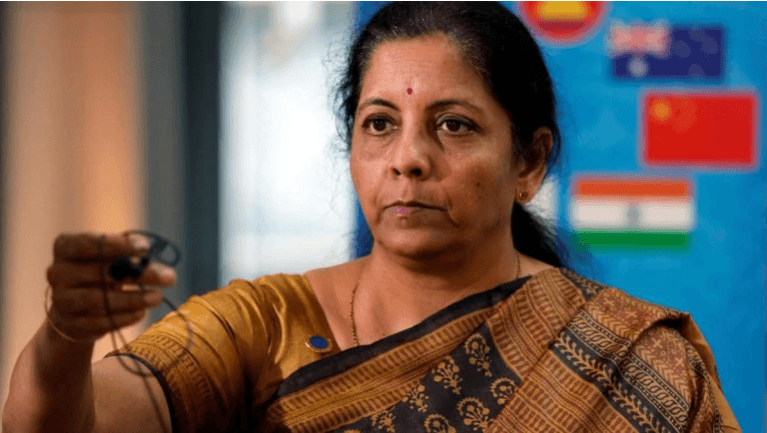
It seems the recent rate cuts by the Reserve Bank of India (RBI) and tax bonanza given by Finance Minister Nirmala Sitharaman is not enough for economic growth. The latest RBI data shows that credit growth at the Indian banks has slumped to a two year low due to tepid slowing domestic consumption. The development has further intensified Narendra Modi's problem as the country's economy is growing at the slowest pace in the last six years.
As per a report in news agency Reuters, credit growth in banks has halved to 8.8 percent at the end-September in comparison to the start of the year.
The data shared by the central bank includes all banks in India including major state-owned State Bank of India, Punjab National Bank and Union Bank of India as well as private ones such as HDFC Bank and ICICI Bank. Experts have attributed the reasons to slow demand and supply. Madan Sabnavis, chief economist at CARE ratings said, "The slowdown in credit growth this time is a result of both reduced demand and supply."
The data shows that although retail lending activities have spurred some growth, lenders taking a much cautious approach on some consumer loans. One of the heads of the consumer banking segment of a private bank said, "In certain retail loans we're seeing customers delaying the payments by a few days over the due date." Moreover, as per a report in India Ratings it has been predicted for "further moderation" retail lending in 2020 "given the consumption slowdown across segments including housing and auto". The report further highlighted, "Even the unsecured loans, which include credit cards, education loans, and other personal loans have seen a moderation in growth."

Indian show banking system is facing severe cash crunch following the collapse of infrastructure lending group IL&FS which almost dried up funds in non-banking financial companies (NBFCs) segments. Some of the major NBFCs are performing lending activities at a slow pace while others have completely halted their operations. Even the banks are shying away to win the market share vacated by NBFCs which contributed to 30 percent of auto loans and more than 40 percent of home loans until the end of last year. The weak credit growth is in contrast with banks cutting interest rates and making it cheaper to borrow. Since the beginning of 2019, the RBI has slashed the repo rate by 135 basis points but even after cuts, lending activities are yet to take off.
















